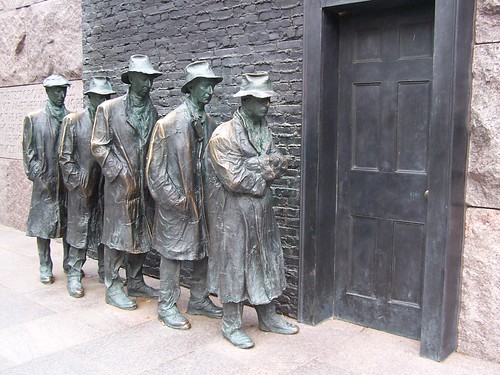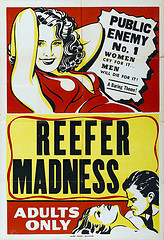Fights between parents and their teenagers have become a symbol of growing up. But, new research covered by National Public Radio found that stress and weariness aside, these arguments can provide lifelong benefits to children.
The research, led by Psychologist Joseph P. Allan, videotaped over 150 thirteen-year-olds describing their biggest argument with their parents. The tapes were then shared with the parents.
“Parents reacted in a whole variety of ways. Some of them laughed uncomfortably; some rolled their eyes; and a number of them dove right in and said, ‘OK, let’s talk about this,'” he says. It was the parents who said [they] wanted to talk who were on the right track, says Allen. “We found that what a teen learned in handling these kinds of disagreements with their parents was exactly what they took into their peer world,” with all its pressures to conform to risky behavior like drugs and alcohol.
The teens were then interviewed at ages 15 and 16.
“The teens who learned to be calm and confident and persuasive with their parents acted the same way when they were with their peers,”…They were able to confidently disagree, saying ‘no’ when offered alcohol or drugs. In fact, they were 40 percent more likely to say ‘no’ than kids who didn’t argue with their parents.
For other kids, passivity in arguments with their parents seemed to be taken into their peer groups, where they were more likely to acquiesce when offered alcohol or drugs. So, effective arguing appears to help teens deal with negative peer pressure.
Their advice to parents? First, listen. In their study, the kids listened to their parents when their parents listed to them. It might be tough, but it could be helping children in the long-run.
“We tell parents to think of those arguments not as nuisance but as a critical training ground,” he says. Such arguments, he says, are actually mini life lessons in how to disagree — a necessary skill later on in life with partners, friends and colleagues on the job.










